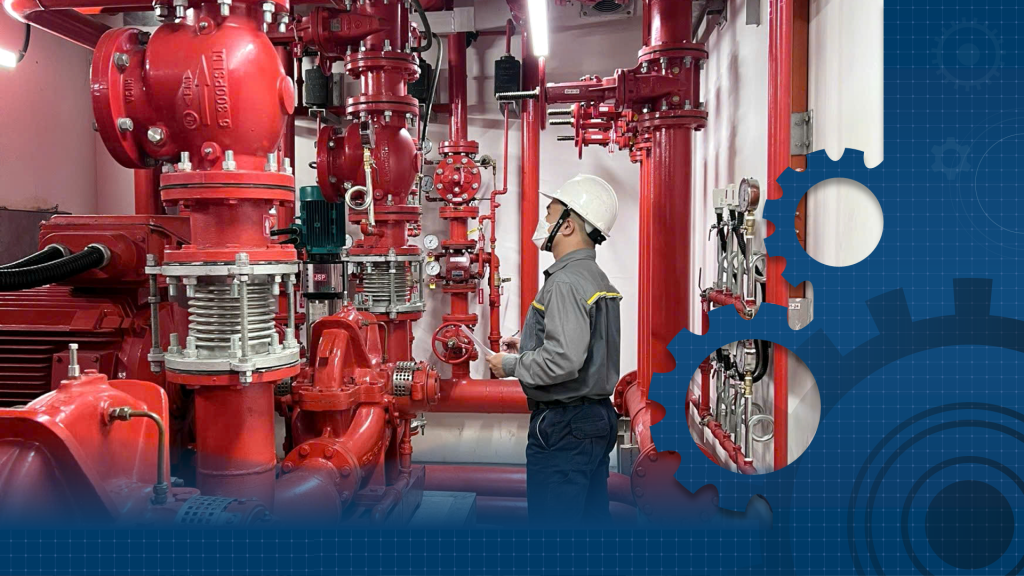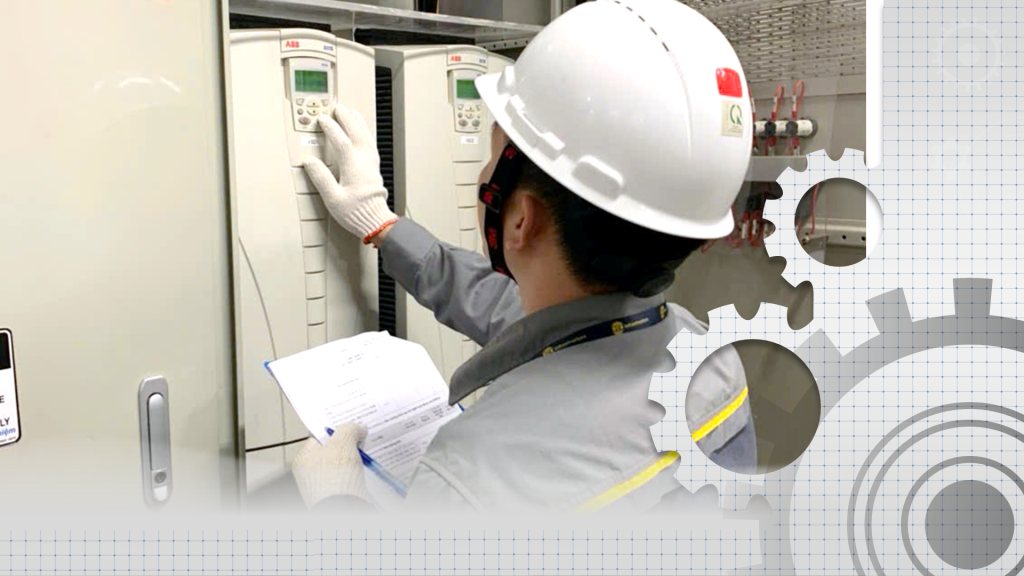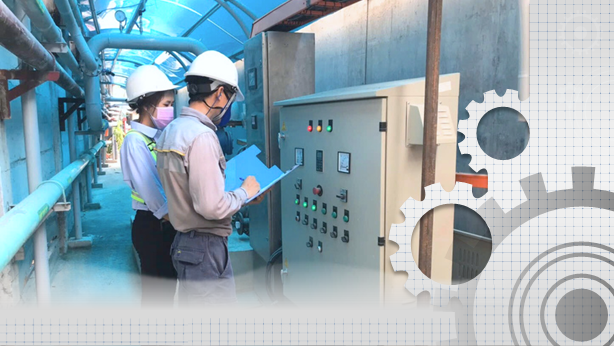As global demand for sustainable development grows, MEPF systems for net-zero buildings have become a central focus in construction. These systems (Mechanical, Electrical, Plumbing, and Fire Protection) are essential for reducing emissions, conserving resources, and ensuring comfort and safety for building occupants.
Green certifications like LEED, EDGE, and LOTUS highlight the importance of how MEPF systems for net-zero buildings are designed, implemented, and monitored. From energy efficiency to water conservation and digital optimization, MEPF system design plays a key role in delivering high-performance green buildings without compromising safety or functionality.

Key Takeaways
-
- How mechanical systems support net-zero building performance
- Optimizing electrical systems for energy-efficient net-zero operations
- Smart plumbing design for water-efficient net-zero buildings
- Integrating fire protection into sustainable MEPF systems
- What’s the difference in operating conventional and net-zero MEPF systems?
How mechanical systems support net-zero building performance
In commercial buildings, HVAC typically accounts for 30% to 50% of total energy consumption. To ensure effective MEPF systems for net-zero buildings, mechanical systems must combine passive strategies with energy-efficient equipment.
Key strategies:
- Variable refrigerant flow (VRF) or chiller-based systems with high COP (Coefficient of Performance).
- Energy recovery ventilators (ERVs) to reuse indoor air energy for pre-conditioning fresh air.
- Zoned HVAC systems that allow occupants to control specific areas, reducing over-conditioning.
- Natural ventilation where feasible, supported by building orientation and operable windows.
Implementation:
Buildings using air-cooled chillers with integrated heat recovery can reuse waste heat for domestic hot water use, reducing heating and cooling needs.
Optimizing electrical systems for energy-efficient net-zero operations
Electrical efficiency is central to MEPF systems for net-zero buildings. Beyond just low-energy fixtures, modern electrical systems must optimize loads and interact intelligently with usage patterns and renewable energy sources.
Key strategies:
- LED lighting with high luminous efficacy (over 100 lm/W) and long life cycles.
- Daylight sensors, motion detectors, and centralized lighting control systems.
- Load segregation to isolate non-critical from critical systems and optimize generator use (where applicable).
- Power factor correction and voltage optimization to minimize energy losses in large buildings.
Implementation:
Modern net-zero facilities also ensure grid interoperability through smart panels that allow real-time energy monitoring, load shedding, and even bi-directional energy flow from solar inverters.
Smart plumbing design for water-efficient net-zero buildings
Net-zero buildings are also targeting net-zero water, using only as much water as they can collect or recycle. Plumbing design, therefore, becomes central to both water conservation and energy savings, especially in the context of hot water systems and wastewater treatment.
Key strategies:
- Low-flow fixtures.
- Greywater recycling systems for landscape irrigation and flushing.
- Rainwater harvesting integrated with storage and filtration units.
- Solar thermal systems or heat pumps for water heating.
Implementation:
Key performance indicators (KPIs) such as Liters per Person per Day (L/ppd) are used to benchmark plumbing system performance, typically targeting values below 100 L/ppd in green-certified buildings.
Integrating fire protection into sustainable MEPF systems
While fire protection might seem secondary to sustainability, properly integrated systems reduce unnecessary water discharge, electricity use, and material waste during both operations and emergencies.
Key strategies:
- Use of clean agent suppression systems for sensitive equipment rooms.
- Zoned fire alarm systems with intelligent detectors to avoid false alarms.
- Hydraulic modeling to reduce pipe sizes and optimize sprinkler placement.
- Integration with building automation systems (BAS) to reduce standby energy loads.
Implementation:
By integrating fire systems into BAS, it’s possible to turn off non-essential systems during alarms, reducing energy waste and improving evacuation procedures.
What’s the difference in operating conventional and net-zero MEPF systems?
While much attention is given to how MEPF systems are designed and installed, operation and maintenance (O&M) play an equally critical role in a building’s long-term sustainability. Comparing conventional and net-zero MEPF systems reveals not only a shift in technology but also a fundamental change in how these systems are monitored, managed, and maintained over time.
Conventional MEPF systems
Net zero MEPF systems
Energy monitoring
Rarely includes real-time monitoring, mostly based on utility billing
Requires real-time energy metering and system-level monitoring for optimization
Control systems
Basic or manual controls (wall switches, timers)
Advanced automation with BMS, IoT integration, AI-driven controls
Maintenance approach
Reactive or time-based maintenance
Predictive, performance-based maintenance using analytics
Technical skill requirements
General knowledge sufficient for routine servicing
Requires trained personnel with green building knowledge and system integration skills
Designing MEPF systems for net-zero buildings is a complex but rewarding challenge. It requires an integrated mindset that goes beyond individual engineering disciplines to address energy balance, water optimization, safety compliance, and intelligent automation. The result is not only a more sustainable building, but also one that delivers cost savings, resilience, and occupant comfort for years to come.
At RCR IFM service provider, we play a role in ensuring net-zero MEPF systems operate efficiently by managing smart maintenance, monitoring energy and water performance, and integrating systems with building automation for long-term sustainability.
By adhering to international and national standards, facility managers, engineers, and architects can ensure net-zero goals are met without compromising performance or safety. Whether it is a commercial high-rise, healthcare facility, or industrial complex, the future of building design lies in the seamless integration of MEPF systems with sustainability at its core.





